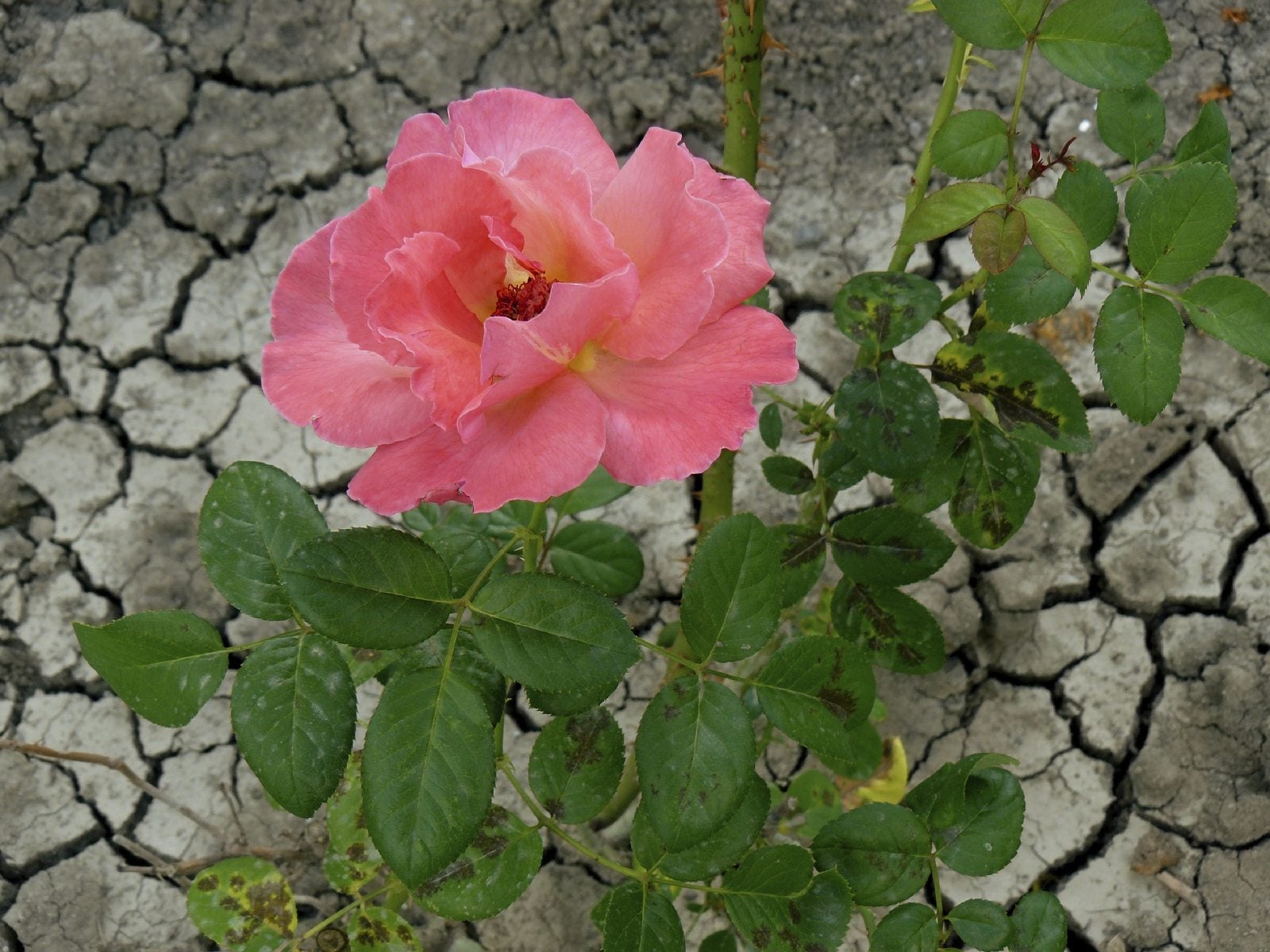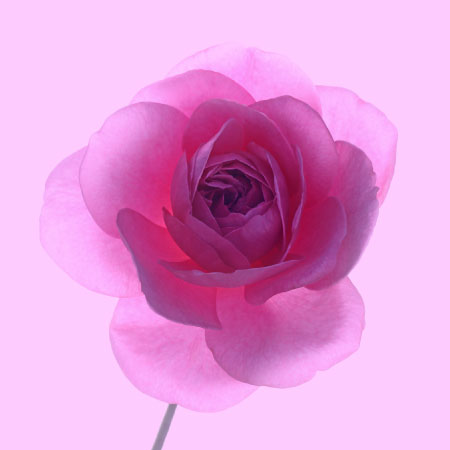Drought Tolerant Rose Types: Are There Rose Plants That Resist Drought


It is indeed possible to enjoy roses in drought conditions; we just need to look for drought tolerant rose types and plan things out beforehand to get the best performance possible. Keep reading to learn more about the best drought tolerant roses and care in times of limited moisture.
Rose Plants That Resist Drought
Many of us have either had to or are currently dealing with drought conditions in the areas we live. Such conditions make it tough to have a garden due to the lack of an abundance of water to keep our plants and shrubs well-hydrated. After all, water is a life-giver. Water carries the nutrition to our plants, including our rose bushes. That being said, there are roses that we can focus on that have been tested in various growing conditions to see how they perform. Just as the “Buck Roses” are known for their cold climate hardiness, there are some heat tolerant roses, like the Earth Kind roses, that will perform well in these tough conditions. In fact, many of the species of roses and old garden roses are tolerant of varying climatic conditions. Some climbing rose bushes that have been found to be heat and drought tolerant include:
- William Baffin
- New Dawn
- Lady Hillingdon
If you live in an area that gets very little to no relief from heat and drought conditions, you certainly can still enjoy roses, the choice should shift to enjoying some of the Earth Kind roses noted above, of which Knockout is one. You can also find more info on Earth Kind roses here. A website I recommend for finding some wonderful species of roses can be found at High Country Roses. The folks there are most helpful when it comes to locating the best drought tolerant roses for your growing conditions. Seek out owner Matt Douglas and tell him Stan ‘the Rose Man’ sent you. Be sure to check out some miniature rose bushes too.
Creating More Drought Tolerant Rose Bushes
While no rose bush can live without any water, especially many of our modern roses, there are things we can do to help them be more drought tolerant rose bushes. For instance, mulching roses with a 3- to 4-inch (7.5-10 cm.) layer of good shredded hardwood mulch helps hold available moisture in the soil. This mulch is said to create a condition in our gardens similar to that of a forest floor. The need for fertilization can be reduced in some cases and pretty much eliminated in others with this mulching according to some studies. Many roses can get by on less water once established and perform quite nicely. It is a matter of us thinking and planning out garden areas to help the conditions these plants are subject to be in. Planting roses in good sunny locations is good, but when considering drought tolerance and performance, perhaps trying to select an area that gets less intense sunshine and heat for extended periods may be better. We can create such conditions ourselves by building garden structures that shield out the sun when at its most intense. In areas subject to drought conditions, it is important to water deeply when feasible to do so. This deep watering, combined with the 3- to 4-inch (7.5-10 cm.) mulching, will help many rose bushes continue to perform well. The Floribunda, Hybrid Tea, and Grandiflora roses will likely not bloom as often under the stress of drought but can survive with an every-other-week watering, while still providing some beautiful blooms to enjoy. Many of the miniature rose bushes will do well in such conditions also. I have had some outperform the larger blooming varieties in such conditions to my total delight! In times of drought, water conservation efforts are high, and using the water we have wisely is a top concern. Usually, the communities we live in will impose watering days to help conserve water. I have soil moisture meters that I like to use to see if my roses really need to be watered or if they can go a while yet. I seek out types that have nice long probes on them so that I can probe around the rose bushes in at least three locations, getting down well into the root zones. The three probes give me a good indication of what the moisture conditions truly are in any given area. If we are careful as to what soaps or cleansers we use when we shower or bathe, that water (known as graywater) can be collected and used to water our gardens too, thus serving a dual purpose that helps conserve water.
Gardening tips, videos, info and more delivered right to your inbox!
Sign up for the Gardening Know How newsletter today and receive a free copy of our e-book "How to Grow Delicious Tomatoes".

Stan V. Griep contributed to Gardening Know How for many years, and has been a Colorado Native Rosarian for over four decades. He is an American Rose Society Certified Consulting Master Rosarian in the Rocky Mountain District, and a member of the Denver Rose Society, the Loveland Rose Society, and the American Rose Society. He is Gardening Know How's in-house expert on all things roses.
-
 How To Grow Seeds Quickly: 8 Expert Tricks For Fast Flowers & Crops
How To Grow Seeds Quickly: 8 Expert Tricks For Fast Flowers & CropsIt's never too late to start growing! Jump-start your flower or vegetable garden with these pro tips and tricks for germinating seeds in record time.
By Amy Grant
-
 8 Perfect Flowers To Plant With Tomatoes To Boost Yields & Banish Pests
8 Perfect Flowers To Plant With Tomatoes To Boost Yields & Banish PestsDon’t forget flowers when choosing companion plants for your tomato beds or pots. These pretty, fragrant blooms add beauty but are also highly beneficial.
By Mary Ellen Ellis